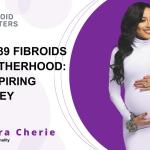
Yvette Foy, a vibrant 37-year-old woman, found herself facing a difficult decision. Diagnosed with fibroids, a common condition causing non-cancerous tumors in the uterus, her doctor initially recommended a hysterectomy. “But I wanted to get pregnant,” Yvette explains. “I think the fibroids were just too big for that to happen.”
Fibroids are the most common reason for hysterectomies in the U.S., impacting millions of women.
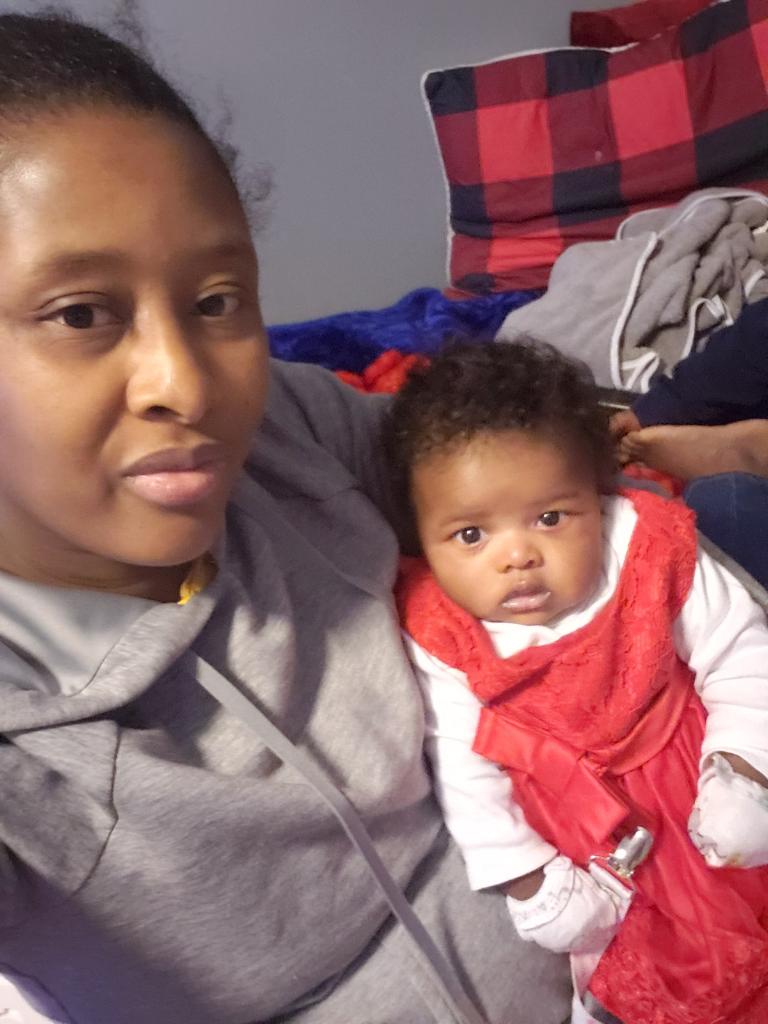
“I had a miscarriage, and the doctor thought that a future pregnancy wasn’t possible,” explained Foy.
Foy, who was living in Florida at the time, had to go to the hospital for a six-month follow up appointment. “The doctor did not really tell me about the procedure or other treatment options. But when I saw the surgical instruments, I said I cannot do a hysterectomy.
Determined to preserve her dream of motherhood, Yvette sought out alternative solutions. This led her to USA Fibroid Centers and Aaron Shiloh, M.D., a board-certified radiologist specializing in Uterine Fibroid Embolization (UFE).
Fibroids can cause infertility depending on how large the tumors are and where they are growing.
UFE offered Yvette a life-changing option: a minimally invasive option that could eliminate her fibroids while leaving her uterus intact. This innovative procedure uses tiny particles to block the blood supply to fibroids, shrinking them and alleviating symptoms.
“Fibroids can sometimes hinder fertility,” explained Dr. Shiloh. “They distort the uterine cavity and restrict blood flow, making it difficult to conceive,” explains Dr. Shiloh. “ That’s why we encourage women with fibroids to explore UFE as a potential cure. Studies, like one published in the Journal of Obstetrics and Gynecology Canada, show a significant success rate – 70% of patients achieved pregnancy within four years after UFE.
UFE Study Reports High Pregnancy Success Rate
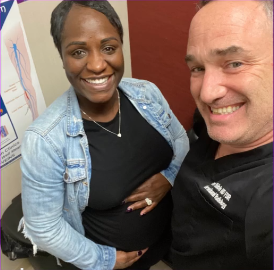
Dr. Shiloh elaborated, highlighting the high success rate even for women of advanced maternal age. A total of 24 pregnancies occurred in 21 females within 4 years following embolization. While acknowledging limitations like a small sample size and some participants lost to follow-up, the study reinforces the promise of UFE for women like Yvette. Of the term pregnancies, nine were delivered vaginally, and five by cesarean section. The mean maternal age at delivery was 36 years, highlighting advanced age as a confounding factor in this population. Of those patients, 31% were under 40 years of age and 16% of the participants were lost to follow-up after 2 years.1
The good news, as Dr. Shiloh emphasizes, is that many women like Yvette experience successful pregnancies after UFE treatment. Yvette’s story is a testament to this. After undergoing UFE, Yvette was thrilled to discover she was pregnant.
“I had my UFE in June and nine months later, I was pregnant,” Foy said. “I had my daughter, Bella on Christmas Day – the perfect gift.”
Today, she’s a proud mother, holding her healthy baby and forever grateful for the chance UFE gave her.
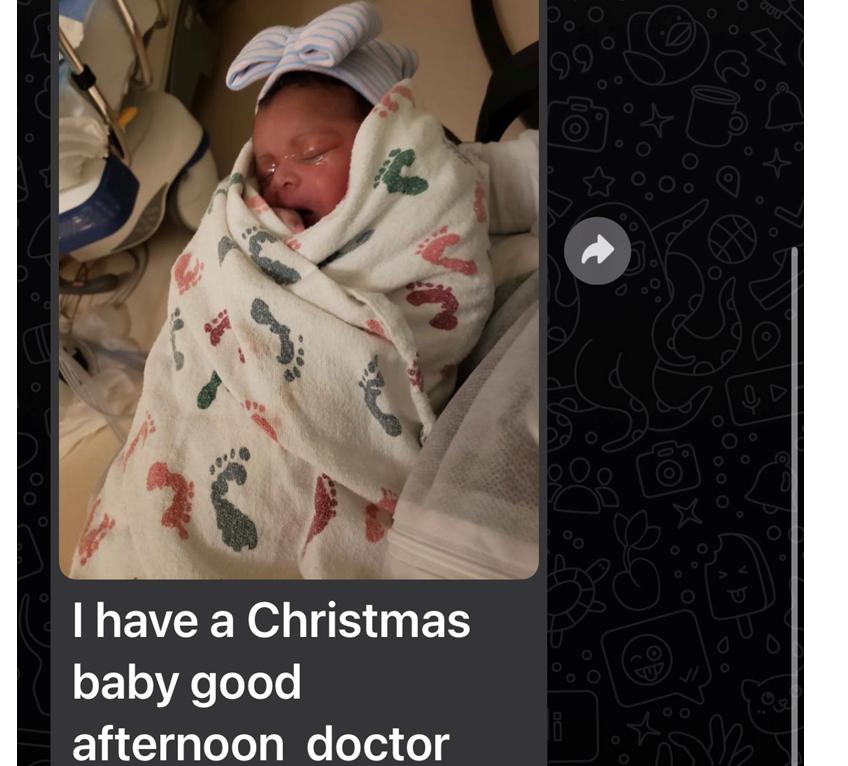
Focusing on the Cure
Stories like Yvette reinforces USA Clinics Group, of which USA Fibroid Centers is one of seven service lines, is focused on the cure. While managing chronic diseases is crucial for patient well-being, a strong focus on finding cures holds immense value.
“Cures offer the potential to eliminate the disease entirely, improving quality of life and potentially reducing long-term healthcare costs,” says Founder and CEO, Yan Katsnelson, M.D. “By addressing the root causes, cures can also prevent complications and free individuals from the burden of ongoing treatment.”
Fibroids and Pregnancy: What You Need to Know
Thinking about fibroids and future pregnancy? Talk to our medical experts! We’ll explain all your treatment options, including surgery and non-surgical methods.
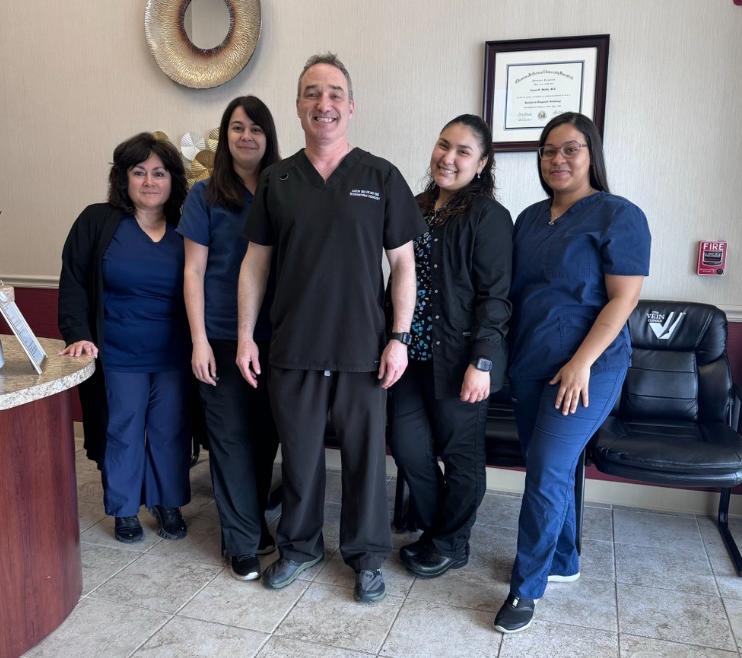
Q: Should I have children first, then treat fibroids, or vice versa?
A: It depends. While waiting is an option, it might not be ideal for everyone… [Read More]
Q Why is the answer variable?
A: Fibroids can sometimes make getting pregnant harder, and even cause problems during pregnancy or childbirth. Plus, they tend to grow during pregnancy, leading to more pain and other issues…[Read More]
Q: I think I want treatment before pregnancy. What should I explore?
A: Consider Uterine Fibroid Embolization (UFE). While getting pregnant after UFE isn’t guaranteed, research shows success…[Read More]
Q: What if I’m already pregnant with fibroids?
A: Your doctor will closely monitor you throughout your pregnancy, just like they would for any woman with fibroids, to ensure a healthy delivery. [Read More]
Q: How do I get started learning more about UFE?
A. Schedule an appointment with a fibroid specialist for an evaluation and find out if UFE is the right option for you...[Read More]
- https://www.ncbi.nlm.nih.gov/pmc/articles/PMC6948071/


